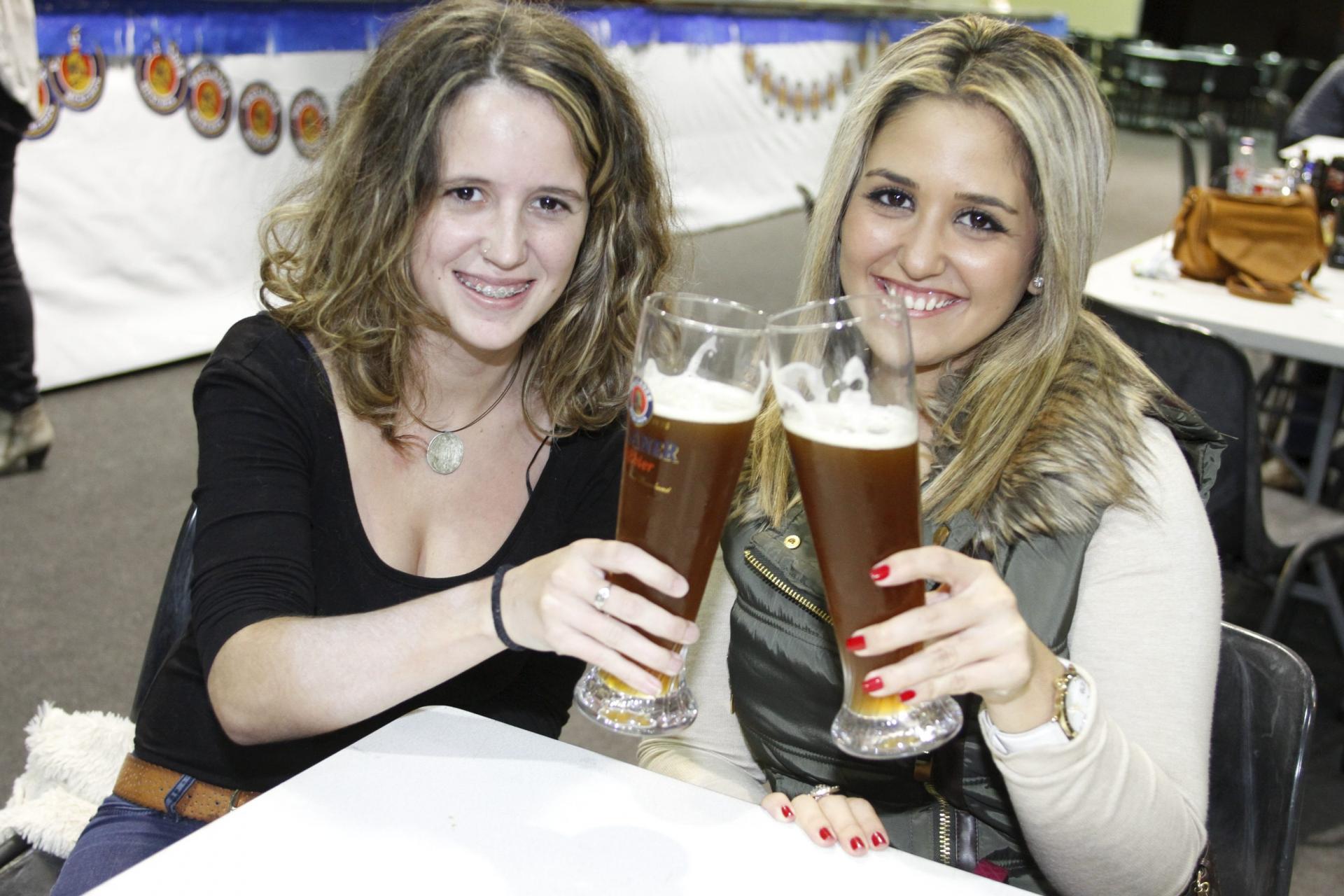Alcohol causes physiological effects when we drink. But these effects differ depending on whether or not we toast before, after, or during exercise; like Christmas Carols, that make me hum along before Christmas, belt out joyously on the 25th, but give me a headache Boxing Day onwards.
Before exercise
Remember, alcohol is a diuretic (meaning it makes you pee) accelerating dehydration whenever we go from happy hour to the gym. So, instead of sweating into a headache, drink as many litres of water as you did pints.
Your poor liver also prioritises alcohol metabolism over glucose, which means you might find you’re energy levels drop sooner whilst on the treadmill. A study from Social Insurance Institution of Finland found cyclists to have four percent less leg power after drinking than when they were sober. So, expect lower energy levels after a steamy mug of eggnog (a yank drink, I know, but its origins trace back to ‘posset’, a hot, milky, ale-like brew drunk by medieval Brits).
For health and safety concerns, remember that alcohol slows down nerve signals, impairing coordination, balance and reaction times. For your sake and that of others, don’t sit behind the wheel or wield a golf club after your office Christmas party.
During Exercise
Yes, people drink during exercise. In the Beer Mile World Classic, competitors drink one beer (35cl bottle or can) at the start of every lap of a track mile. Canada’s Corey Bellemore is the reigning chug and jog champ. He won the classic for the third time this year at Leigh Sports Village near Manchester. That this race is held in Britain and was won by a Canadian makes me proud to be half Brit, half Canuck.
Bellemore’s record breaking time of 4:33 is impressive. It’s even more remarkable when you factor in chug time. But a liver prioritizing alcohol is slower to remove lactic. And so when you consider the accelerated muscle fatigue of drinking during exercise, his time is downright remarkable. Let’s knight him.
But before we knight the young athlete, we should be wary of the risks of encouraging drinking whilst getting our heart pumping, because alcohol can cause unusual heart rhythms during exercise. Alcohol puts a strain on the cardiovascular system, causing high blood pressure and even heart failure. But according to Dr Michael Richardson of the Boston Medical Center, a few beers are unlikely to cause heart arrhythmia, as it’s usually associated with heavy binge drinking and chronic alcoholism.
After Exercise
With so many negative effects on the body, it seems that if we must drink, then toasting after exercise is the most sensible option. Just remember that alcohol consumption reduces protein synthesis, limiting muscle growth. So, even if you are lifting weights before a festive evening, expect your belly to bulge before your biceps. Of course, how alcohol effects your body also depends on your sex, weight, and how much turkey and mince pies are sponging it up.


No comments
To be able to write a comment, you have to be registered and logged in
Currently there are no comments.